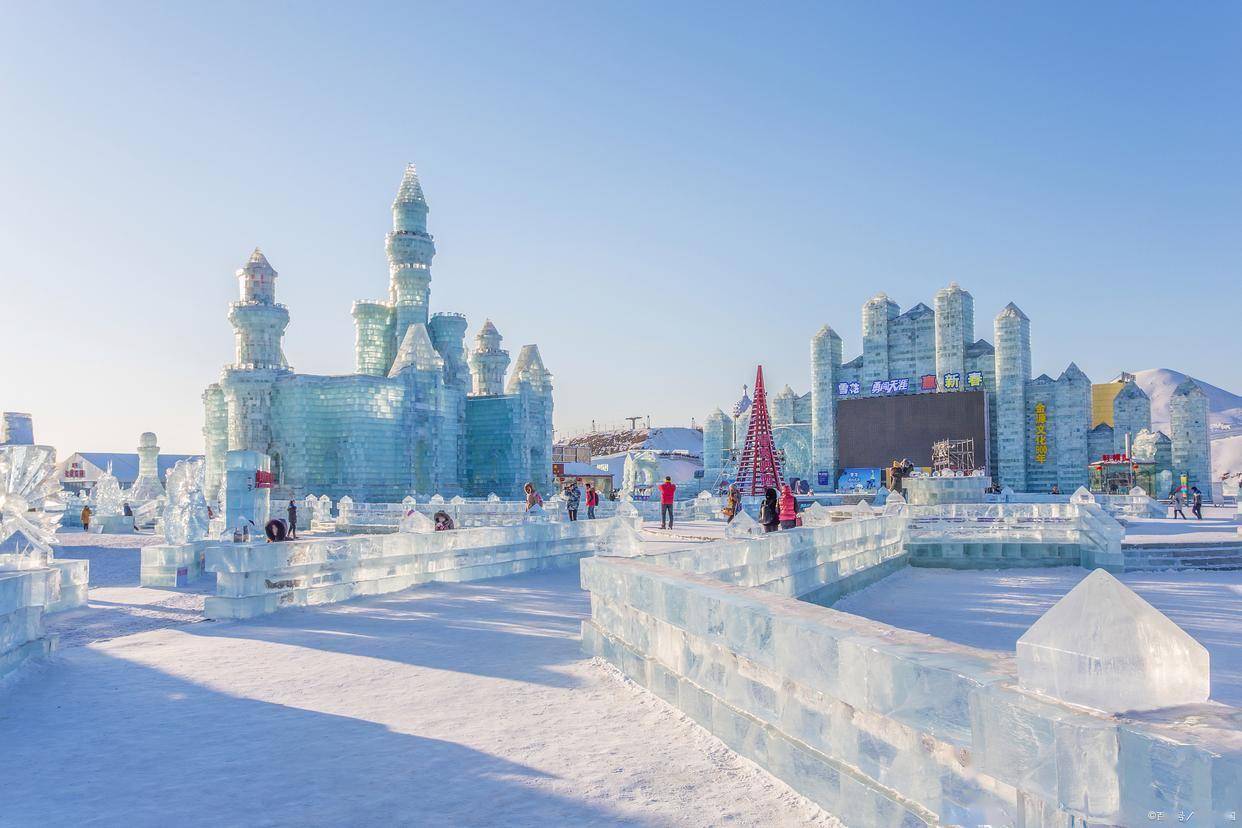Nestled in China’s northeastern region, Harbin, the capital of Heilongjiang Province, is a city that captivates with its blend of architectural grandeur, rich history, vibrant culture, and mouthwatering cuisine. Known as the “Ice City” and “Oriental Moscow,” Harbin offers a unique fusion of Eastern and Western influences, making it a must-visit destination.
Urban Development: A Symphony of Cultures
Harbin’s urban landscape is a testament to its multicultural roots. The city’s modern layout began in the late 19th century with the construction of the China Eastern Railway under Russian influence. Areas like Nangang District (formerly “Qinjiagang”) were designed with European-inspired radial streets centered around landmarks like St. Nicholas Church (now a bustling roundabout). The iconic Central Avenue (Zhongyang Dajie), lined with Baroque and Renaissance-style buildings, reflects its history as a hub for international trade and Russian émigrés in the early 20th century. Today, Harbin’s metro system seamlessly connects modern landmarks like the Harbin Grand Theatre with historical sites, embodying its evolution into a dynamic metropolis.
A Journey Through Time: Harbin’s Historical Tapestry
Harbin’s history stretches back over 22,000 years, with evidence of human activity from the Paleolithic era. It flourished as the capital of the Jin Dynasty (1115–1234) in present-day Acheng District. By the 20th century, Harbin became a cosmopolitan hub, hosting 33 foreign consulates and a diverse population of 160,000 expatriates. The city’s resilience shines through its role as a center for revolutionary movements and its liberation from Japanese occupation in 1945. Post-1949, Harbin transformed into an industrial powerhouse, home to 13 of the Soviet Union’s 156 key industrial projects during China’s First Five-Year Plan.
Must-Visit Attractions: Where Ice Meets Elegance
- Harbin Ice and Snow World: A winter wonderland featuring colossal ice sculptures illuminated in dazzling colors. This annual festival, launched in 1985, draws millions to marvel at its frozen artistry.
- Saint Sophia Cathedral: A Byzantine-style masterpiece and symbol of Harbin’s Russian heritage, now a museum showcasing the city’s history.
- Sun Island Scenic Area: A sprawling park along the Songhua River, famous for its summer gardens and the Snow Sculpture Art Expo in winter.
- Volga Manor: A romantic retreat with replicated Russian architecture, offering kayaking, horseback riding, and immersive cultural experiences.
- Central Avenue: Stroll this cobblestone street to admire European facades, savor local snacks, and visit the Flood Control Monument by the river.
For nature lovers, the Hulan River Estuary Wetland and Jinhewan Wetland Park provide serene escapes into Harbin’s pristine ecosystems.
Culinary Adventures: A Feast for the Senses
Harbin’s cuisine mirrors its cultural diversity:
- Guobaorou (Sweet and Sour Pork): A crispy, tangy东北菜 classic, invented in Harbin and perfected at Lao Chu Jia restaurant.
- Harbin Red Sausage: Smoked with fruitwood and packed with garlic, this Russian-inspired delicacy is a must-try at Qiulin or Haorou Lian delis.
- Dalieba: A dense Russian sourdough bread, best paired with local jam or smoked fish.
- Mǎdiěr Ice Cream: Creamy and rich, this century-old treat remains a staple on Central Avenue, even in winter.
- Northeastern Stews: Warm up with hearty dishes like Dèmólì Stewed Fish or Pork and Cabbage Hotpot, served in traditional brass pots.
Don’t miss the Daowai District’s street food stalls for fried dumplings and sugar-coated haws on sticks—perfect for a quick bite while exploring.
Final Thoughts
Harbin is a city of contrasts—where ice castles rise beside European cathedrals, and Siberian winds mingle with the aroma of smoked sausage. Whether you’re tracing its ancient roots, marveling at its冰雪 magic, or indulging in its culinary gems, Harbin promises an unforgettable journey through time and culture.
Pack your warmest coat and an empty stomach—this city awaits! ❄️🍴
: Historical origins and industrial growth.
: Urban planning and architectural highlights.
: Winter festivals and natural attractions.
: Culinary specialties and dining recommendations.
